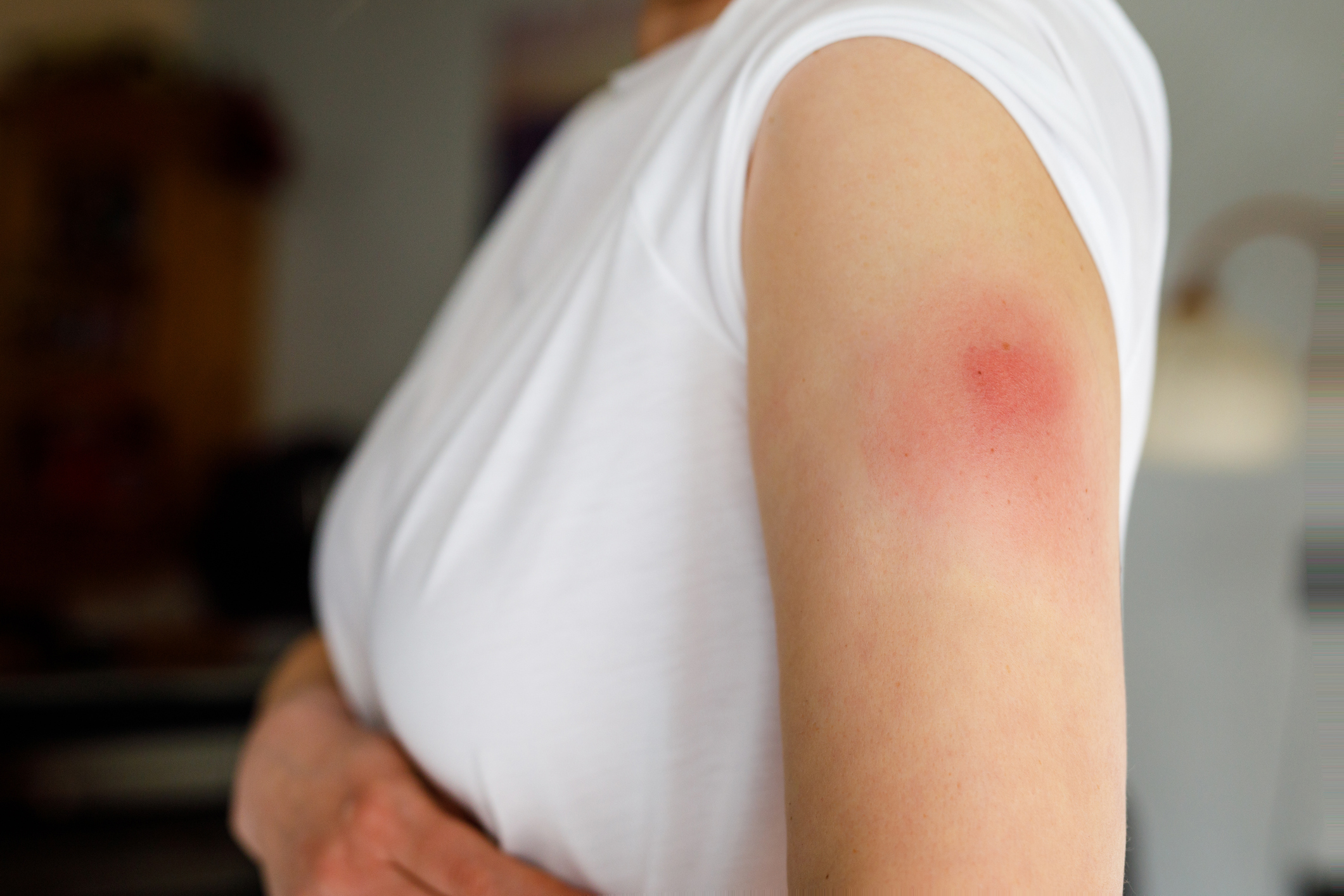
A staph infection is one of those medical terms you might hear a lot but not know what it means. Is a staph infection dangerous? How do you get one? How do you treat it?
Summit Health infectious disease specialist Daniel Hart, MD and dermatologist Jenna Presto, MD explain what staph infections are —and what to do if you have one.
What is a staph infection?
“Staph infections are caused by the skin bacteria staphylococcus aureus," explains Dr. Hart. “We all have bacteria on our skin, no matter how many times we shower. Sometimes we become infected with the bacteria either through a cut in our skin or a hair follicle."
If you have diabetes or a weak immune system, you may be at greater risk for staph infections.
What are the signs of a staph infection?
The symptoms of a staph infection are dependent upon what type you have. As Dr. Presto explains, there are four common dermatological types:
Impetigo. “This is a superficial infection that occurs when staphylococcus aureus invades the top layer of the skin," says Dr. Presto. “It's commonly seen in children or adults who play close contact sports." Signs include:
- Yellow crusting
- Blisters
- Pus bumps
Folliculitis. Caused by an infection around the hair follicle, this presents itself around the follicle through:
- Multiple pink bumps
- Pus bumps
Furuncle. “When the infection travels deeper into the hair follicle, this is called a furuncle—commonly known as a boil," says Dr. Presto, “which is a painful, red bump at the site of infection."
Cellulitis. This occurs if the staph infection gets into a deeper layer of skin. Symptoms at the site of the infection include:
- Redness
- Swollen glands or lymph nodes
- Warmth and pain at the site of infection
- Fever or chills
I think I have a staph infection. Should I be nervous?
“Most staph infections are a nuisance but not particularly dangerous," Dr. Hart says, noting they are usually local infections on a particular area of the skin.
Dr. Presto adds, “These are typically treated easily with topical or oral antibiotics and do not cause internal symptoms." If the staph infection invades deeper into the skin or blood, however, it can be life-threatening. If you're showing signs of infection along with fever or chills, call your doctor immediately.
How do I avoid a staph infection?
“Staph infections can spread from person to person and through objects," warns Dr. Presto. Therefore, some simple steps to take are:
- Wash your hands thoroughly.
- Keep open wounds covered.
- Shower after close contact sports.
- Avoid sharing personal items, including razors, towels, and athletic equipment.
If you are showing signs of a staph infection, visit your primary care physician for an official diagnosis and proper treatment.
